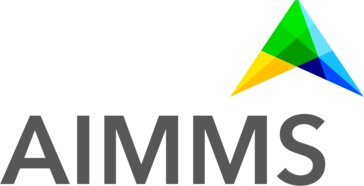I would like to thank AIMMS developers for adding the new academic license delivery which removes the requirement to be always on an academic domain.
However, this new license system comes with some minor disturbances, which can be improved if developers agree with that.
- Everytime I open the AIMMS software, I need to accept the academic license agreement. It is frustrating to tick the box and accept everytime. It would be nice if the software remembers my choice and don't ask for this agreement everytime I open it.
- Before this new license delivery system, I was able to open the AIMMS by double clicking the icon. Now I need to first start the aimms luncher, choose my aimms version (I have only the latest), and then click on Lunch. Although, it looks straightforward but there are many unnecessary steps before starting the application. It would be nice if the application gets detached from the luncher, so I can quickly start it when I click on the icon. This can be done by adding an option in the AIMMS luncher app to provide a shortcut for the specific version.
What do you think?


